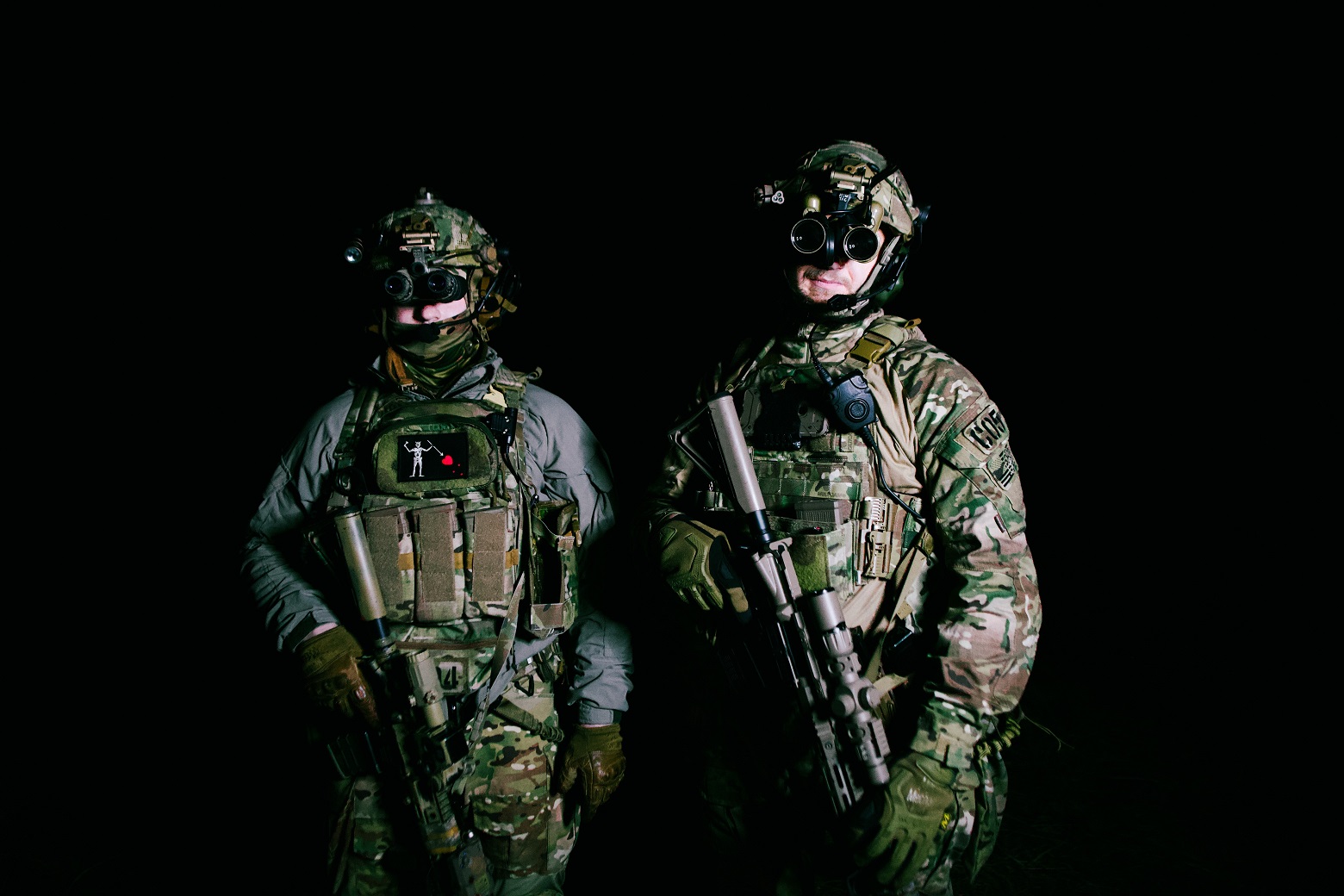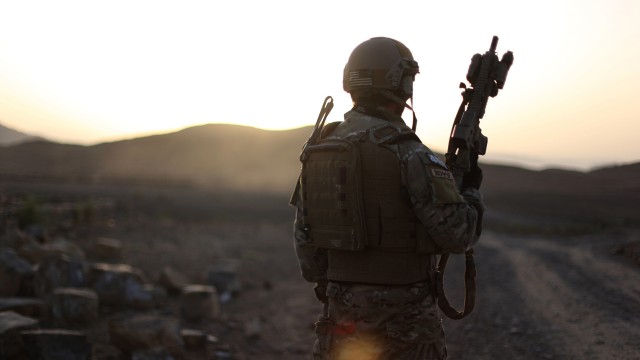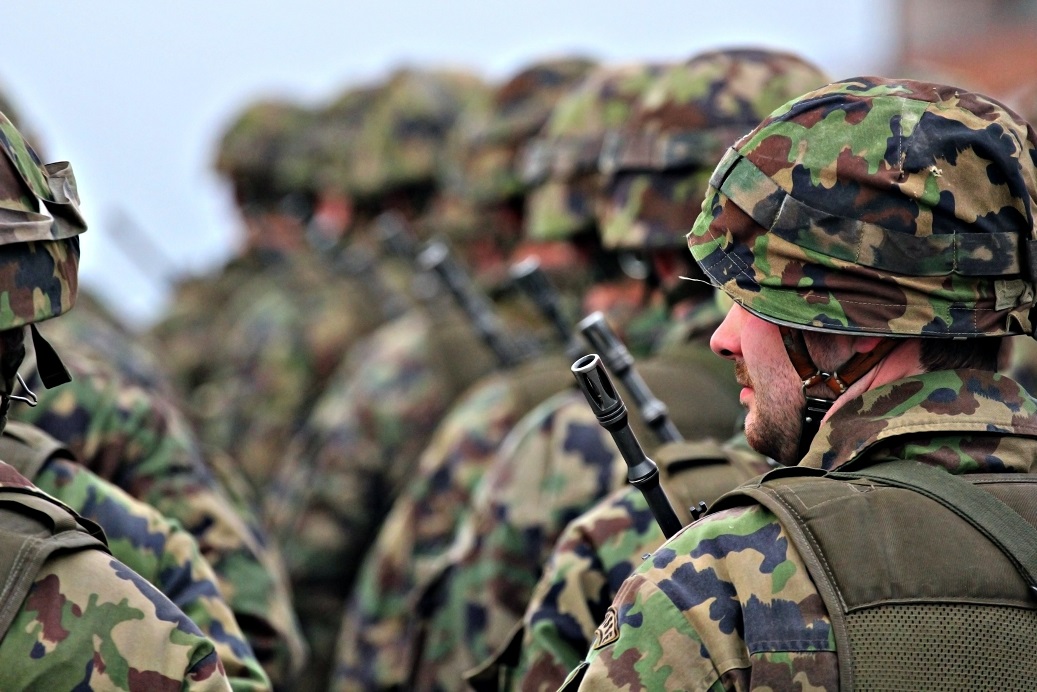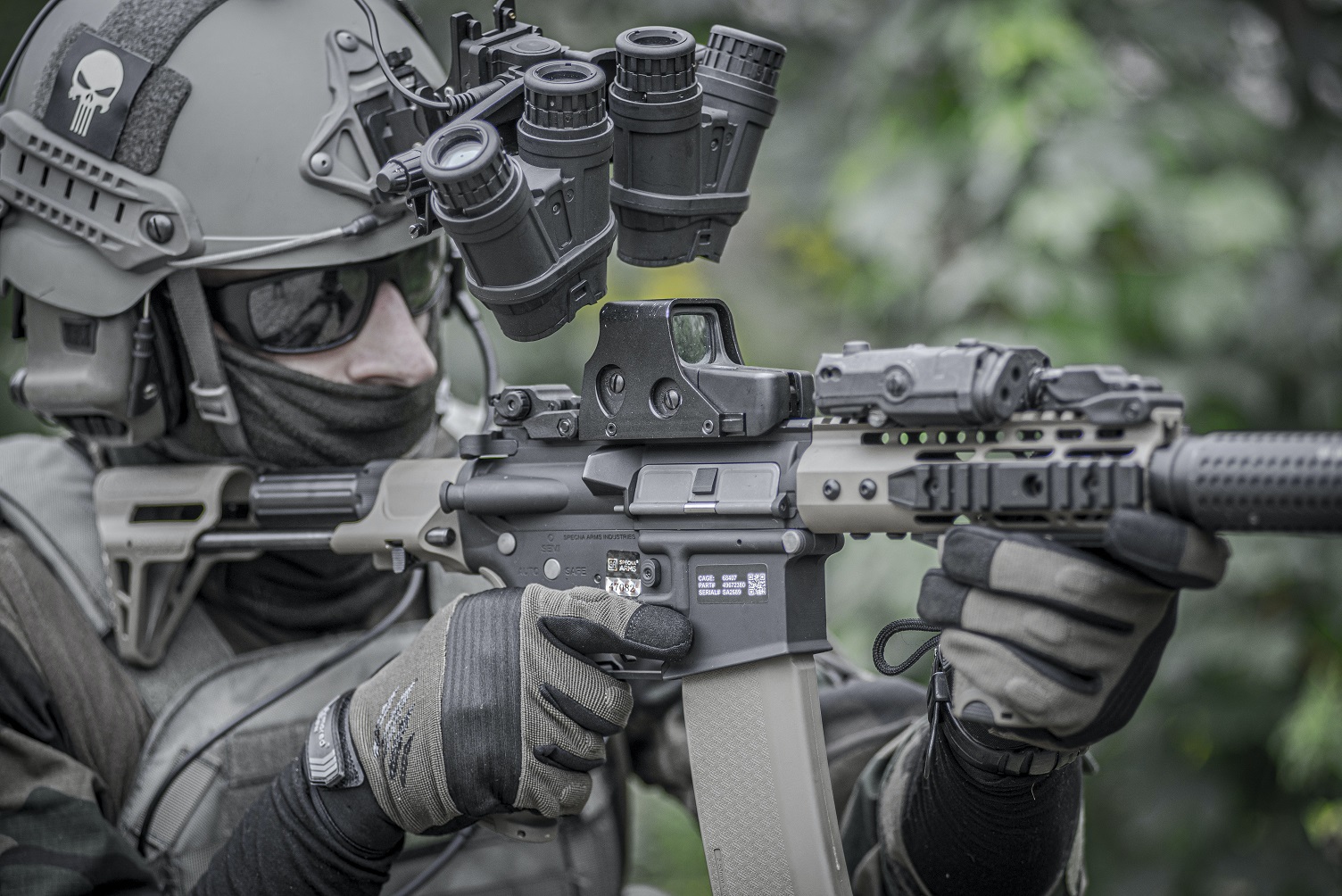When it comes to personal protection, the body armor industry has come a long way in developing high-performance protective materials. Today, concealable body armor is the go-to choice for law enforcement, security personnel, and military personnel alikasus usb ac53 nano treiber trasportino auto per cani amazon a1j8z timberland herramientas peligrosas hilfiger socken herren sale gummi sandalen baby saca pelusas de ropa banconote dollari amazon horloge murale grosse apex legends pc ps4 crossplay site de vetement fashion pour homme micro sd 120 go nuovahttps://www.ilcardellinomajor.it/clinica-san-juan-de-dios tobillera mueller orologio con notifiche amazon e. The ability to wear armor underneath clothing makes it easier for people to carry protective gear without drawing too much attention. In this blog post, we’re going to dive into the world of ballistic resistance and how it affects the effectiveness of concealable body armor. You’ll leave this post with a better understanding of how to choose the best concealable body armor for yourself or your team.
1. What is Ballistic Resistance?
Ballistic resistance refers to a material’s ability to stop a projectile in its path. When it comes to body armor, this becomes an essential feature for protection against bullets. When a bullet strikes the armor, it transfers kinetic energy into the material, leading to deformation. The armor absorbs this energy and spreads it throughout the material to prevent penetration.
2. What are the Types of Ballistic Materials Used in Body Armor?
Body armor usually has two types of ballistic materials: Soft Armor and Hard Armor. Soft Armor, also known as Flexible Armor, is made from woven fabrics, such as Kevlar, and other synthetics. These materials absorb the impact of a bullet and distribute the force throughout the material’s layers.
Hard Armor, also known as Rigid Armor, is made from ceramics and metal alloys. The material is tougher than soft armor and can withstand the impact of heavy firearms. However, it is more cumbersome than soft armor and less flexible, making it impossible to wear under clothing.
3. Best Concealable Armor Options
For most people, the best type of concealable armor is soft armor. Within this category, you have options for different levels of protection. The National Institute of Justice (NIJ) categorizes body armor into five different levels based on its ability to stop bullets.
- Level IIA: This armor can stop 9mm and .40 caliber rounds.
- Level II: This armor can stop 9mm and .357 Magnum rounds.
- Level IIIA: This armor can stop .357 SIG and .44 Magnum rounds.
- Level III: This armor can stop 7.62mm rifle bullets.
- Level IV: This armor can stop armor-piercing bullets.
Most law enforcement agencies use Level IIIA armor as it provides adequate protection while still being lightweight and flexible.
4. How to Choose the Best Concealable Body Armor
Choosing the best concealable body armor can be a daunting task for anyone, whether you’re an individual or a team leader. Here are a few factors to consider before making your purchase:
- Level of Protection: Decide which level of armor you need to provide adequate protection for your work.
- Comfort: Consider the weight and flexibility of the armor and how it will impact your maneuverability and comfort.
- Durability: The armor needs to be durable and able to withstand repeated wear and tear without losing its effectiveness.
- Certification: Always ensure that the armor is certified by the NIJ or other approved organizations.
Ballistic resistance is essential to protecting yourself or your team from harm. The best concealable body armor is designed to provide the right level of protection while still being comfortable and maneuverable. When choosing the right body armor, it’s important to consider the level of protection, comfort, durability, and certification. We hope this post has helped you understand the world of ballistic resistance and given you the tools to choose the best concealable body armor.
For more great articles, please click here.









